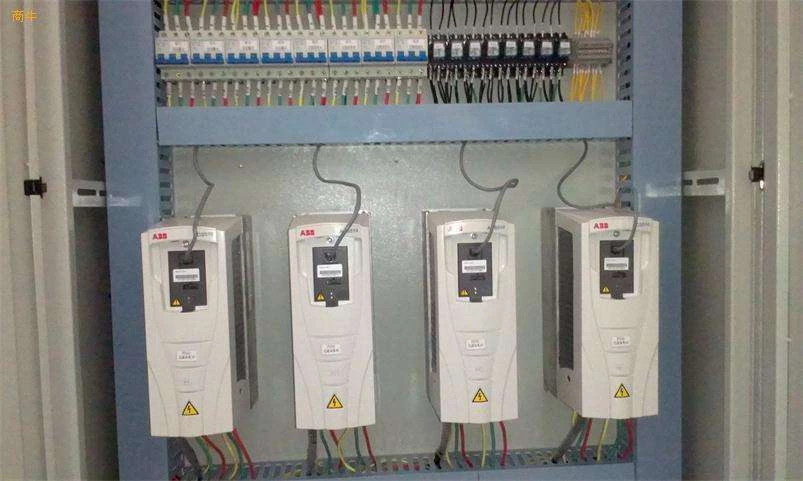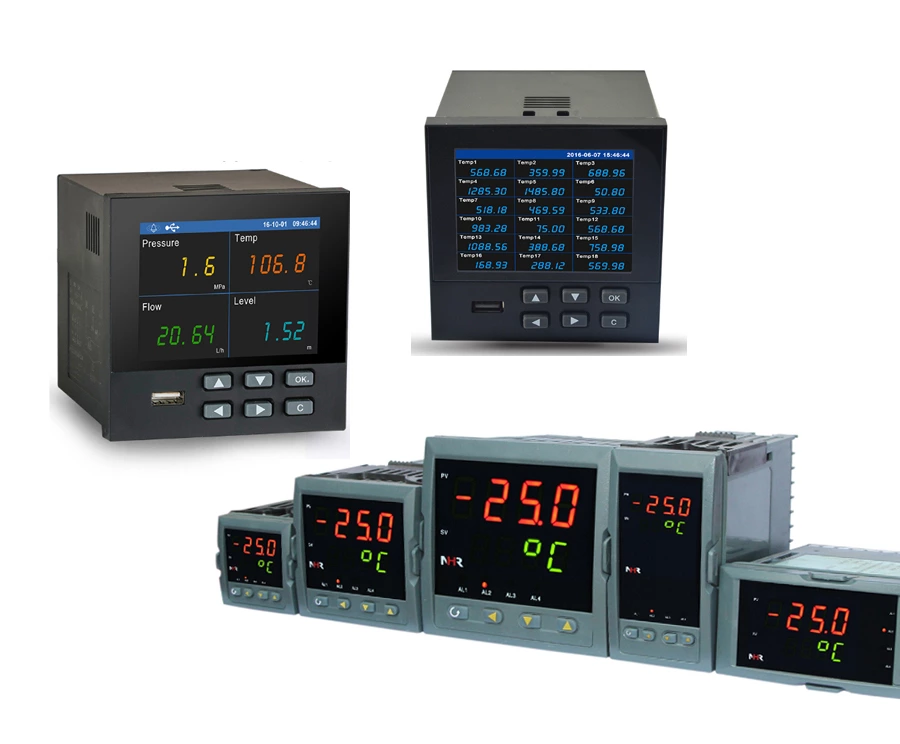Process Automation Explained: Key Concepts & Industry Overview
Time: | Read: 646
Understanding Process Automation
Discover how automation reshapes modern industries.

Why Automation Matters
Understanding why automation works is key. Control is automation's core. Measurement is its base. Good control needs accurate measurement. In China, Qian Xuesen greatly helped automation. He is called the “Father of Chinese Automation.” His book, Engineering Cybernetics, was vital. It linked control ideas to real engineering. His work still guides many experts today.What is Process Automation?
Process automation uses computers and engineering. It helps industries like:- Chemical plants
- Power plants
- Oil & gas
- Mining
Key Parts of Process Automation
1. Process Measurement
Measurement is the first step in control. Five key factors are measured:- Temperature
- Pressure
- Flow
- Level
- Composition (e.g., pH)
2. Process Control
Automation systems use different control levels. Basic controllers handle simple tasks. PLCs (Programmable Logic Controllers) manage batch jobs. DCS (Distributed Control Systems) handle large, complex plants. Major DCS makers include Honeywell, Yokogawa, ABB, Siemens, SUPCON, and HollySys. Control valves and dampers translate signals into action.3. Visualization & Protection
Modern control needs good display and protection. SCADA and HMI systems show live data. This helps operators make quick decisions. Protection devices like isolators and surge protectors guard electronics. These ensure the system stays safe and available.
Final Thoughts
“The higher you stand, the further you see.” Knowing process automation fully helps professionals. They can better meet industry needs. Every part is important: sensors, control logic, data, and protection. All these create safer, smarter industries. As digital change and Industry 4.0 advance, automation principles remain vital.Connect with Our Experts
Have questions about automation solutions? We offer expert guidance.
Chat on WhatsApp


